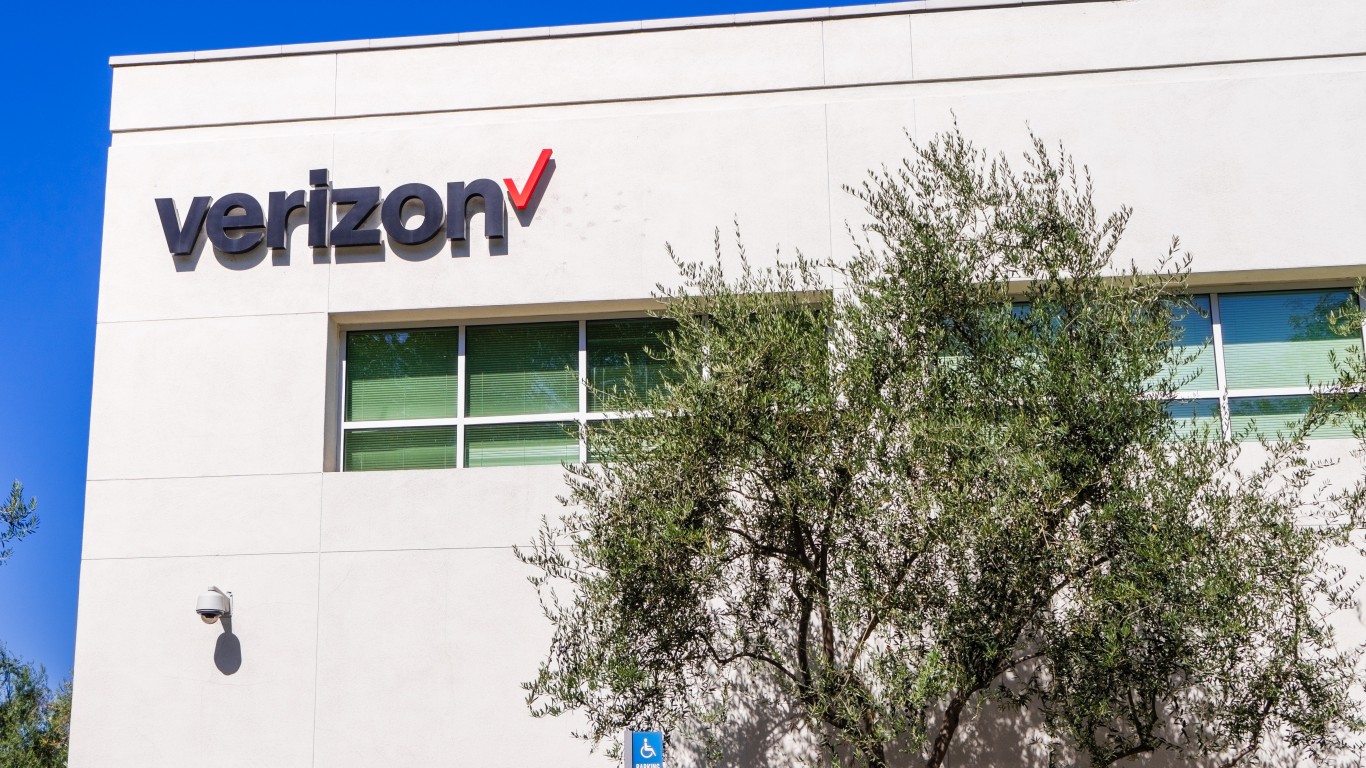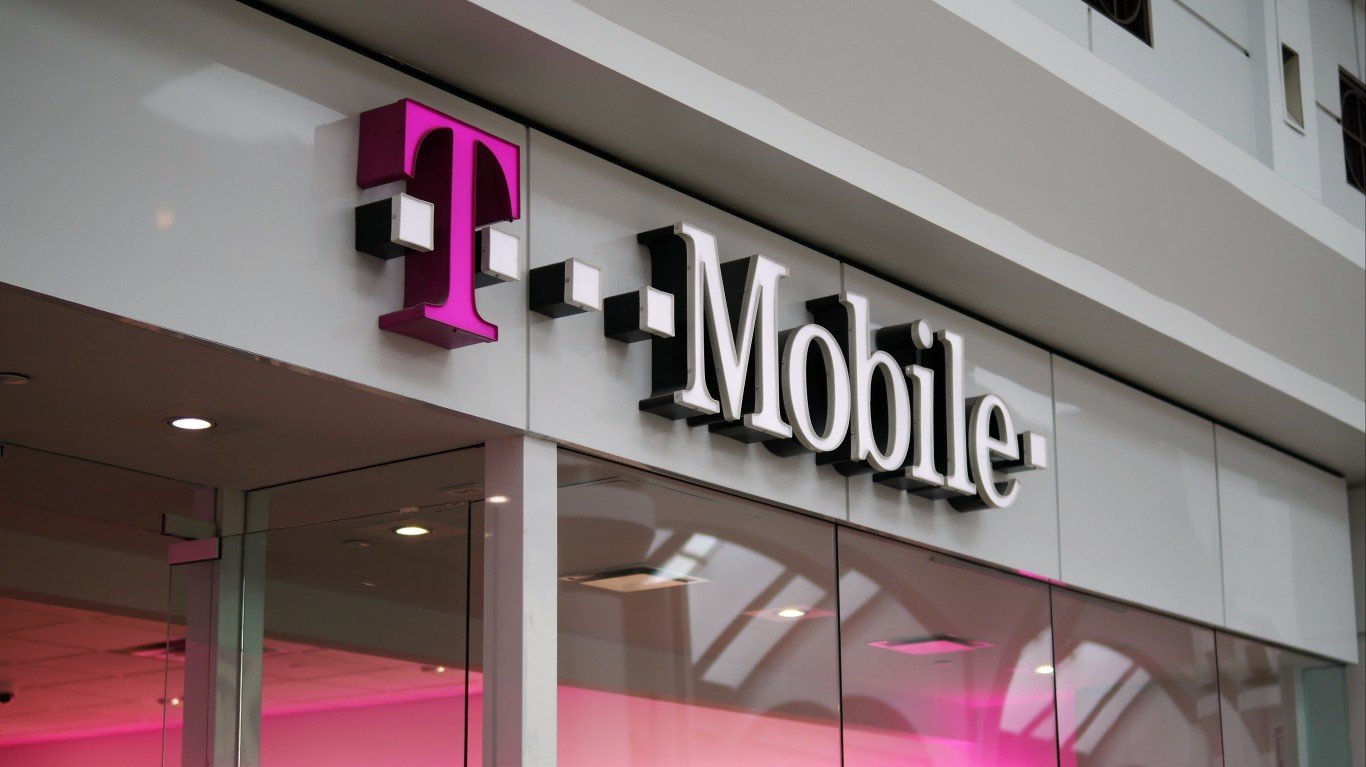By Yaser Anwar, CSC of Equity Investment Ideas
- On Dec. 28th, T agreed to offer additional concessions in a letter addressed to the FCC. AT&T agreed to a 15% reduction in special access rates for DS1 and DS3 customers who are not currently subject to price cap regulation.
According to CSFB the 15% reduction is slightly higher than the 10% reduction they were expecting, it is only applied to a subset of customers whereas we expected it to be applied to all customers. With no change in usage, we estimate this could impact EPS by 2-3 cents.
- Furthermore the new merger commitments include net neutrality provisions on the last mile for 24 months – at the low end of the 24-36 months expected. T also agreed to divest BellSouth’s 2.5GHz spectrum within 1 year of the merger closing date.
- AT&T will retain BellSouth’s 2.3GHz spectrum and agreed to offer services using the spectrum to 25% of the POPs by July 2010.
According to ValuEngine- Over the past 10 years, T’s average PEG is 2.42. T earned $2.28 per share in its recent 4 quarters. The analyst consensus estimate is $2.53 for its 4 quarter forward EPS. T’s current sales per share is 2.78.
The services and products that the T offers include: local exchange services, wireless communications, long-distance services, data/broadband and internet services, telecommunications equipment, managed networking, and wholesale transport services and directory advertising and publishing.
- AT&T was the most active with regards to price changes in 06. They lowered pricing for their entry level, 1.5 Mbps, and mid-speed tier, 3 Mbps, in January & February, followed by its high-speed tier in April.
- Given its plans to deploy IPTV, I believe the price adjustments were largely driven to grab share in order to upsell video services in the future.
- In October, AT&T introduced a 768 Kbps offering while raising the price of its existing services by $7 each. At $14.99 per month, the new low speed service maintained an attractive price point to lure dial-up subscribers while increasing the ARPU of existing offers.
- BellSouth made very few changes in 2006- In Jan, they lowered their 3 Mbps service from $42.95 to $37.95. More recently reduced their 6 Mbps service by $4, to $42.95.
- Its current price structure allows subscribers to double their speeds for an incremental $5, a compelling value proposition in our view. With its recent price change, the company also began including its home networking service at no extra charge for subscribers of its top two tiers.
- Verizon, like BellSouth, left broadband pricing largely unchanged in 06. The company was most active with its entry-level 768 Kbps offering, raising the price in April, lowering it in May, and then raising it more substantially in December.
- At $19.99, the price is now 34% higher than its January 06 pricing. VZ has also become aggressive with its FiOS service in New York, New Jersey, and Connecticut where it competes with Cablevision.
- VZ’s cut its pricing on its top-tier offering (50 Mbps in NY, NJ, and CT) by approximately 50%, to $89.95. Pricing outside these Cablevision markets remains around $180 per month.
Bear Stern’s Monthly Update On Critical Broadband Issues
Telcos Shift DSL Pricing Strategy Late in 2006 While Cable Remains Content. Telcos were more active on the broadband pricing front than cable in 2006, recently reversing earlier price reductions as part of a shifting strategy towards increased profitability.
With broadband flowshare relatively stable, cable had little incentive to lower pricing and subsequently only made minor modifications.
We expect DSL ARPU will continue to increase in 2007, narrowing the price gap.
- DSL Outperforms Cable in 2006; Fiber Builds to Boost Telcos in 2007. We expect DSL to outpace cable by capturing roughly 55% of broadband net adds in 2006. While incremental share gains for DSL is slowing, the on-going price discrepancy with cable supports our belief that DSL will continue to outperform cable modem net adds in the near-term. Despite increasing cable competition, we expect the ramping fiber builds at AT&T and Verizon to help the telcos maintain the flowshare lead in 2007.
- Cable VoIP Growth in 2006 and 2007 Driven by Broader Deployments. We estimate that the cable VoIP subscriber base will reach 6.0M by YE06 due to aggressive cable VoIP deployments by Comcast and Charter, as well as incremental penetration driven by bundling promotions. We expect cable VoIP will add another 3.9M subscribers to reach 9.9M customers by YE07, with continued deployments offset partially by higher penetration making for more challenging incremental gains.
- Independent VoIP Benefiting from Stable Pricing but Competition is Intensifying. For full-year 2006, we expect independent VoIP subscribers to reach 2.8M, up from 1.6M at yearend 2005.
Yaser adds– It appears that cable companies are not yet becoming aggressive on price and are unwilling to sacrifice margins and cash flow in order to gain market share.
Furthermore, investors should expect broader cable VoIP deployments by Comcast and Charter to contribute to loss of independent VoIP gross add flow share in 07.
http://www.equityinvestmentideas.blogspot.com/
ALERT: Take This Retirement Quiz Now (Sponsored)
Take the quiz below to get matched with a financial advisor today.
Each advisor has been vetted by SmartAsset and is held to a fiduciary standard to act in your best interests.
Here’s how it works:
1. Answer SmartAsset advisor match quiz
2. Review your pre-screened matches at your leisure. Check out the advisors’ profiles.
3. Speak with advisors at no cost to you. Have an introductory call on the phone or introduction in person and choose whom to work with in the future
Take the retirement quiz right here.
Thank you for reading! Have some feedback for us?
Contact the 24/7 Wall St. editorial team.



